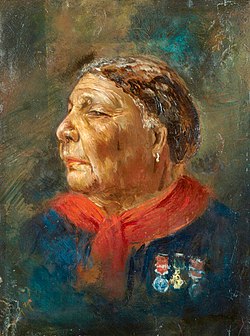



The 18th century was considered the Age of Reason. A lot of myths were contradicted by scientific fact. [7] Jamaican "doctresses" such as Cubah Cornwallis, Sarah Adams and Grace Donne, the mistress and healer to Jamaica's most successful planter, Simon Taylor, had great success using hygiene and herbs to heal the sick and wounded. [8]


on Thursday last [i.e.Nov 8] we had 1715 sick and wounded in this hospital (among whom, 120 cholera patients) and 650 severely wounded in...the General Hospital...when a message came to me to prepair for 510 wounded....
— (Seymer 1932)








I define caring as a "nurturing way of relating to a valued 'other' toward whom one feels a personal sense of commitment and responsibility"
— (Swanson 1991), page 162
{{cite web}}: CS1 maint: archived copy as title (link){{cite web}}: CS1 maint: archived copy as title (link){{cite web}}: CS1 maint: archived copy as title (link){{cite web}}: CS1 maint: archived copy as title (link){{cite web}}: CS1 maint: archived copy as title (link)History was always part of the curriculum but declined in emphasis and time dedicated to it
{{cite book}}: CS1 maint: location missing publisher (link){{cite encyclopedia}}: Missing or empty |title= (help){{cite encyclopedia}}: Missing or empty |title= (help){{cite encyclopedia}}: Missing or empty |title= (help)